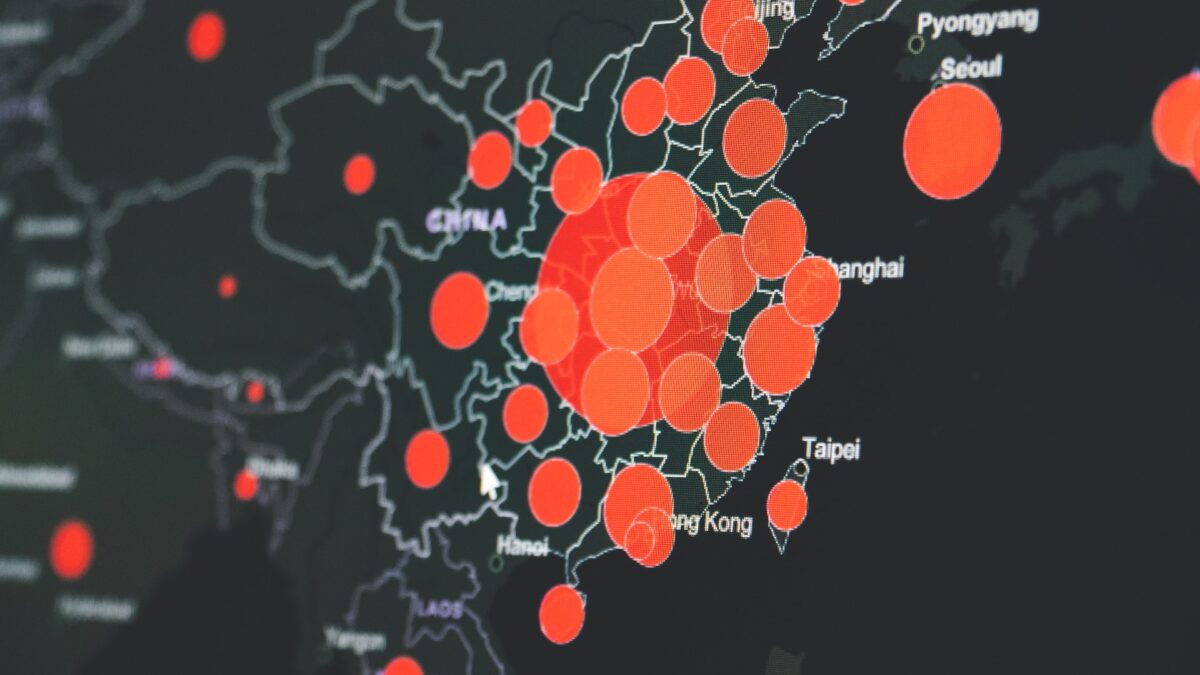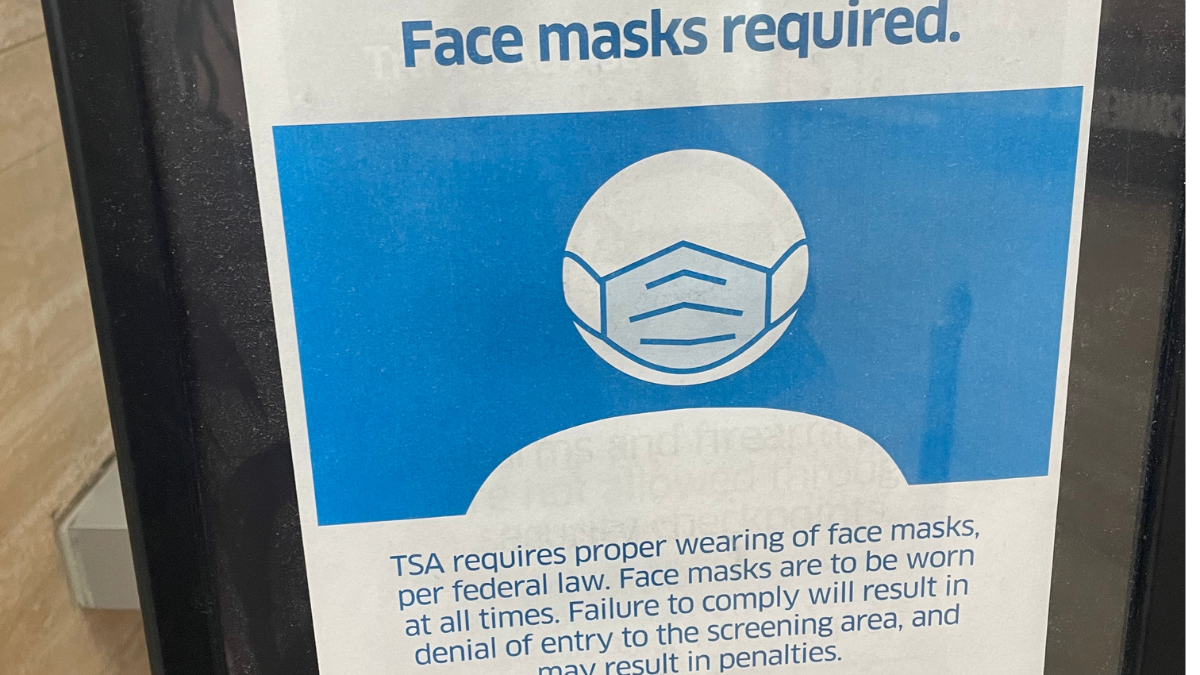
It may help to think of viruses as machines. Our descriptions of them inevitably use human terms, but they do not have desires, plans, cunning, or any other human attribute that our language may attach to them. Thus, although describing viruses as tiny machines that use our bodies as factories to make copies of themselves is an imperfect analogy, it does capture the mechanistic reality of viruses. They just happen.
The Chinese coronavirus is happening to the entire world right now, and contrary to what some have said, we should not expect the virus to change to make things easier for us. For example, in a widely shared article that looks worse each day, law professor Richard Epstein argued that we should expect the pandemic to die down as mutations happen and as less-virulent strains of the disease eventually predominate. But that is not a given, and it would be foolish to assume that a kinder, gentler version of this disease will come along and save us.
It is possible to imagine what a weakened COVID-19 might be like. Most coronaviruses that infect humans cause ordinary colds; they are one of several virus types that can cause the symptoms we label the common cold (incidentally, this variety of causes is one reason there is no cure for colds). Although there are official scientific names like SARS-CoV 2, and nicknames like “WuFlu” that roll off the tongue easily, it may be more illuminating for laypeople to think of COVID-19 as a killer cold.
It is possible that a mutation could bring this virus more in line with its relatives. But even if there were a mutation that produced a COVID-19 strain that was more uniformly like the common cold in its effect on its hosts, it is not obvious that it would successfully displace the current strain.
Thus far, this coronavirus appears to be fairly stable. There do not yet seem to be clinically significant differences between varieties of the COVID-19 virus. Tracking the various minor mutations of the virus make it easier to reconstruct how it has spread, but they do not yet offer hope that a less-virulent strain is likely to arise, let alone come to predominate.
This is not all bad news. The apparent stability of this virus should make it easier to guard against with a vaccine. But while this may be good news for the long term, in the meantime we are likely stuck with this virus at its current strength. There are several reasons we should not count on a weaker strain of this disease emerging.
First, while we may talk about mutation as a viral strategy, it is important not to be taken in by the images of our language. Mutations just happen, in this case via mistakes in replicating the virus’ large +RNA genome. Coronaviruses are also capable of recombination, including of regions coding the spike glycoprotein that facilitates infection.
But virus are not consciously adaptive. That a mutation or recombination may be beneficial for the long-term propagation of a virus does not mean that it will happen. It’s a crapshoot—roll the bones.
Furthermore, even if a mutation gave rise to a less-deadly variant of this virus, there may not be sufficient selective pressures to promote it over the more dangerous original strain, especially if we are not effectively suppressing that original strain. Right now there is plenty of room for the disease to grow, as almost everyone is a potential host. This virus has almost the entire human race in front of it, vulnerable to infection. There is no selective pressure from herd immunity, a vaccine or even a proven antiviral treatment.
Additionally, the COVID-19 virus is very effective at infecting us (much more so than the original SARS virus). A mutation that made it less dangerous might also take away what makes it so successful, which would preclude the less-virulent strain from outcompeting its more deadly rivals.
It is true that a disease that is too deadly can burn itself out by killing its hosts faster than they can pass it on. Severe symptoms can also be selected against, as they warn other people to be careful or stay away. Thus, a milder disease may have a competitive advantage.
But that may not apply to this coronavirus, as the original strain produces many asymptomatic infections, as well as many mild-to-moderately-sick ones. Absent strenuous efforts on our part, this disease has shown that it will spread rapidly, even if it kills a few percent of those it infects and causes serious illness in many more cases.
Of course, there are many unknowns regarding this virus, which means that we sometimes have to predict and act with imperfect data. But we should strive to ground our speculative predictions in the best data and scientific knowledge available to us.
What we know now suggests that it would be unwise to rely on optimistic predictions about this disease mutating and a less-deadly strain predominating. It is possible, but we should not depend upon it. The machines coming for us are probably not going to stop on their own.









